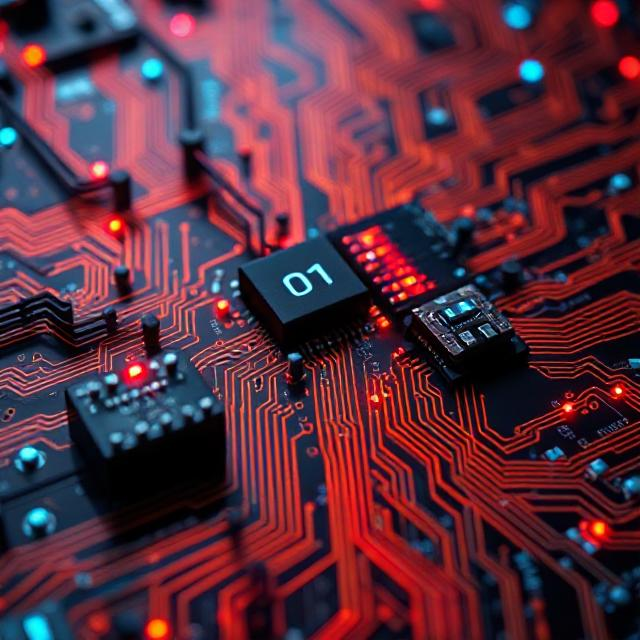Renewable energy sources like solar, wind, and hydro are becoming vital for sustainable power generation worldwide. However, these sources naturally produce variable and often unpredictable electrical outputs. This is where power electronics play a crucial role — enabling efficient conversion, control, and integration of renewable energy into electrical grids and loads.

This article explores how power electronics support renewable energy systems, the key devices used, and their applications.
Why Power Electronics Are Essential in Renewable Energy
Renewable energy systems produce power in forms that aren’t always directly usable:
-
Solar panels generate Direct Current (DC) electricity.
-
Wind turbines usually produce variable-frequency Alternating Current (AC).
-
Energy from these sources needs to be converted, conditioned, and controlled to:
-
Match grid voltage and frequency.
-
Ensure stable and reliable power supply.
-
Maximize energy harvesting from variable sources.
-
Protect the equipment and grid.
-
Power electronics devices and converters make this possible by controlling power flow efficiently and precisely.
Key Power Electronics Components in Renewable Systems
-
Converters
-
DC-DC Converters: Used in solar photovoltaic (PV) systems to step up/down voltage and perform Maximum Power Point Tracking (MPPT), optimizing energy extraction.
-
AC-DC Converters (Rectifiers): Convert AC from wind turbines to DC for storage or further conversion.
-
DC-AC Converters (Inverters): Convert DC from solar panels or batteries into AC compatible with the grid or household loads.
-
-
Controllers
-
Implement control algorithms to regulate voltage, current, and frequency.
-
Ensure synchronization with the grid.
-
Perform safety and protection functions.
-
-
Energy Storage Interfaces
-
Power electronics manage charging and discharging of batteries, supercapacitors, or other storage devices.
-
Help balance supply and demand for a stable power system.
-
Applications of Power Electronics in Renewable Energy
1. Solar Photovoltaic (PV) Systems
-
Inverters convert DC from solar panels to AC for home or grid use.
-
MPPT controllers adjust the operating point of PV arrays to maximize output.
-
DC-DC converters optimize voltage levels and improve system efficiency.
2. Wind Energy Systems
-
Wind turbines produce AC at variable speeds.
-
Rectifiers convert variable AC to DC.
-
Inverters then convert DC back to fixed-frequency AC synchronized with the grid.
-
Power electronics allow smooth control of power output despite changing wind conditions.
3. Energy Storage Systems
-
Power electronics control battery charging/discharging cycles.
-
Enable integration of storage to smooth intermittent renewable generation.
4. Hybrid Systems
-
Combine multiple renewable sources (e.g., solar + wind) with storage.
-
Power electronics manage power flow from different sources and storage devices to maintain a stable supply.
Benefits of Power Electronics in Renewable Energy
-
Efficiency: Minimize losses during power conversion.
-
Flexibility: Adapt to varying input and output conditions.
-
Grid Compatibility: Maintain power quality and synchronize with grid standards.
-
Reliability: Protect systems from faults and improve lifespan.
-
Scalability: Easily expand systems with modular designs.
Challenges and Future Trends
-
Managing harmonics and power quality issues in power converters.
-
Improving cost-effectiveness and reducing component size.
-
Enhancing smart control algorithms for better integration with smart grids.
-
Developing wide-bandgap semiconductor devices (e.g., SiC, GaN) for higher efficiency and temperature tolerance.
Conclusion
Power electronics form the backbone of modern renewable energy systems, enabling efficient energy conversion, control, and integration. By managing the unique electrical characteristics of solar, wind, and other renewable sources, power electronics help deliver clean, reliable, and sustainable power to homes, industries, and grids worldwide.











